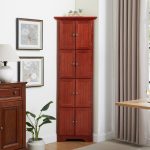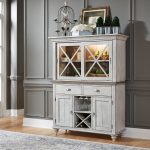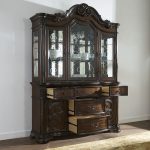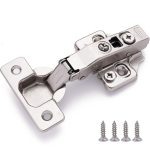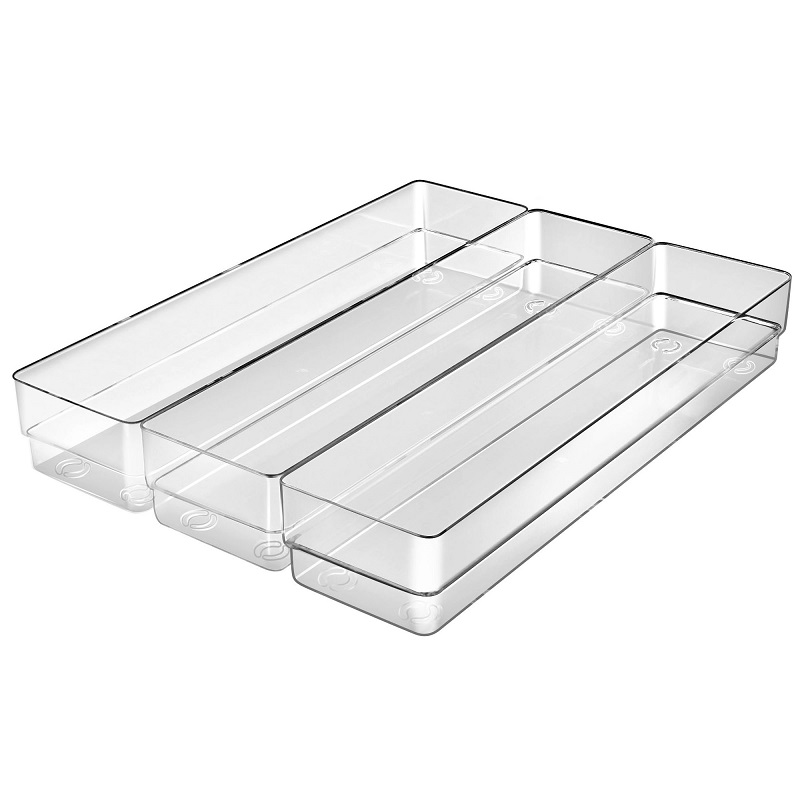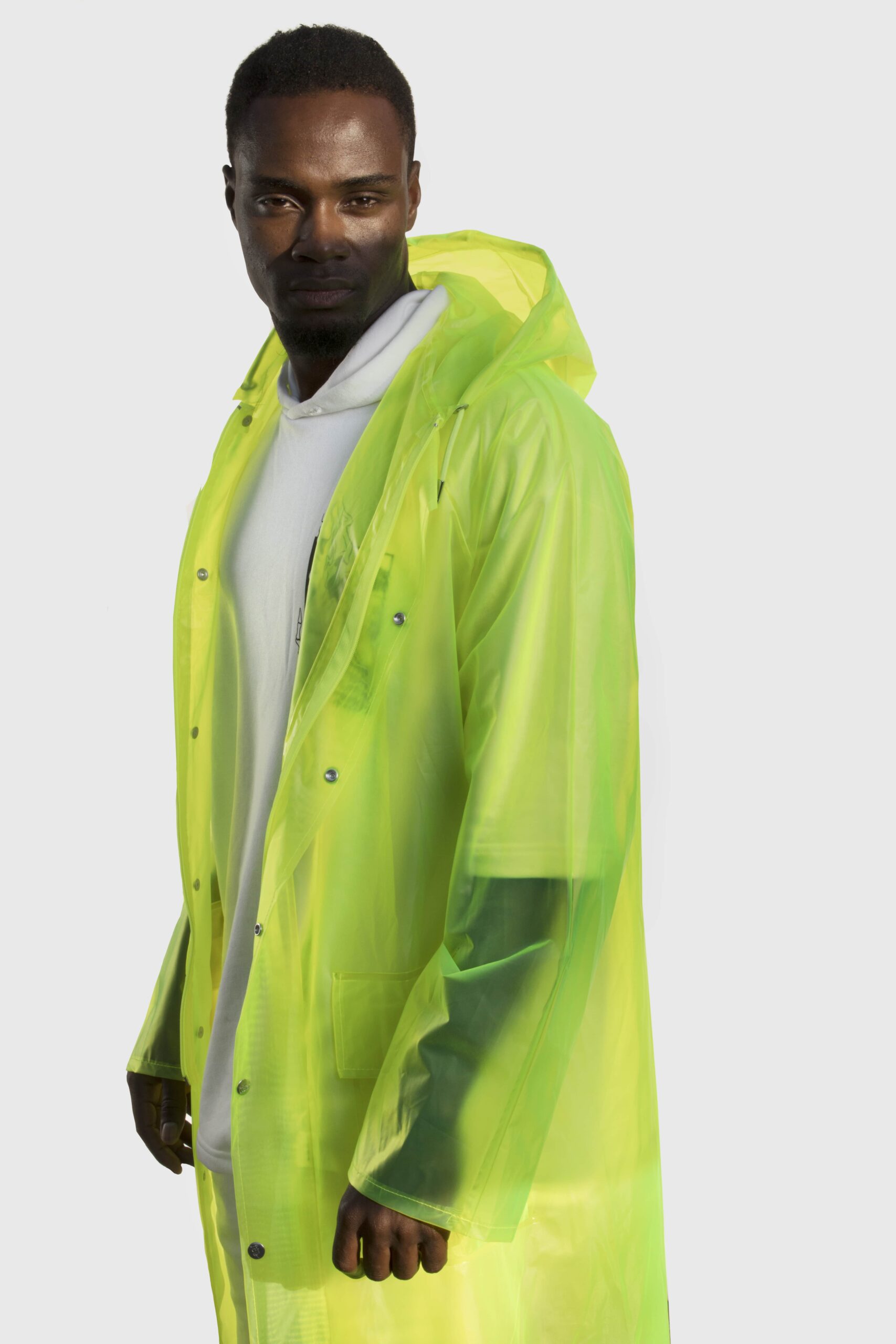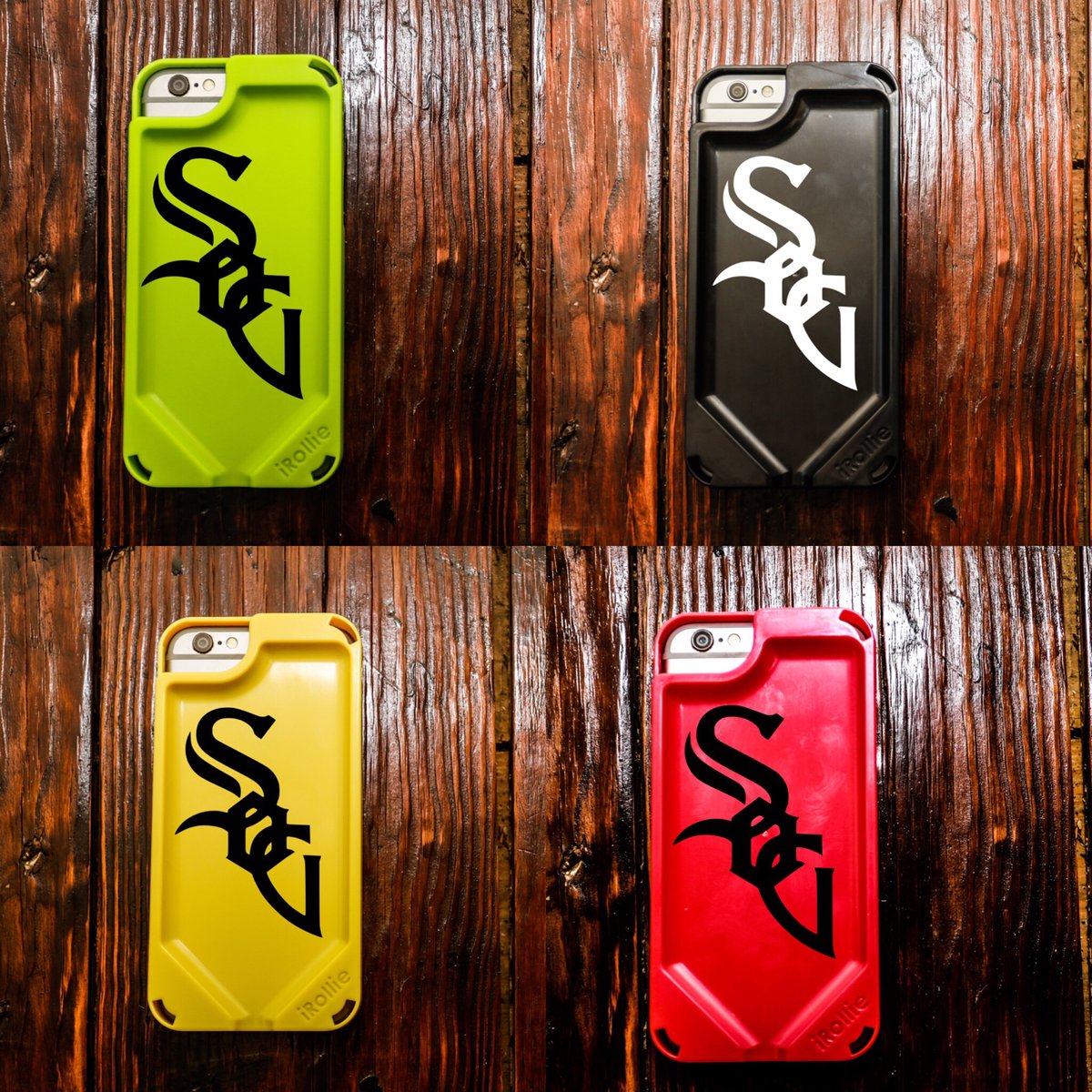Introduction: The Importance of Choosing the Right Outdoor Furniture Material
Selecting the appropriate material for outdoor furniture is crucial to ensuring durability, comfort, and aesthetic appeal. With a wide range of options available, each boasting unique qualities and characteristics, it’s essential to understand what sets the best outdoor furniture material apart from the rest. In this article, we’ll explore the features that make certain materials ideal for outdoor use and provide insights into their suitability for different environments and climates.
1. Durability and Weather Resistance
One of the primary considerations when choosing outdoor furniture material is its ability to withstand the elements. The best outdoor furniture materials are those that exhibit exceptional durability and weather resistance, capable of withstanding exposure to sunlight, rain, snow, and fluctuating temperatures without deteriorating or losing their structural integrity. Materials such as teak, aluminum, and synthetic wicker are renowned for their resilience and ability to resist fading, rusting, and corrosion over time.

2. Low Maintenance Requirements
Another desirable trait of the best outdoor furniture material is low maintenance requirements. Outdoor furniture is subjected to a variety of environmental factors that can contribute to wear and tear, so opting for materials that are easy to clean and maintain can save time and effort in the long run. Teak, for example, naturally contains oils that protect it from moisture and pests, requiring minimal maintenance beyond occasional cleaning with soap and water. Similarly, aluminum and powder-coated steel are non-porous materials that resist staining and are easy to wipe clean with a damp cloth.
3. Comfort and Ergonomics
In addition to durability and maintenance considerations, the best outdoor furniture material should prioritize comfort and ergonomics to ensure a pleasant seating experience. Materials such as sling fabric, cushions with quick-drying foam, and breathable mesh offer excellent support and airflow, enhancing comfort even during prolonged use. Look for furniture designs that incorporate ergonomic principles, such as contoured seats, adjustable backs, and armrests, to promote proper posture and relaxation outdoors.
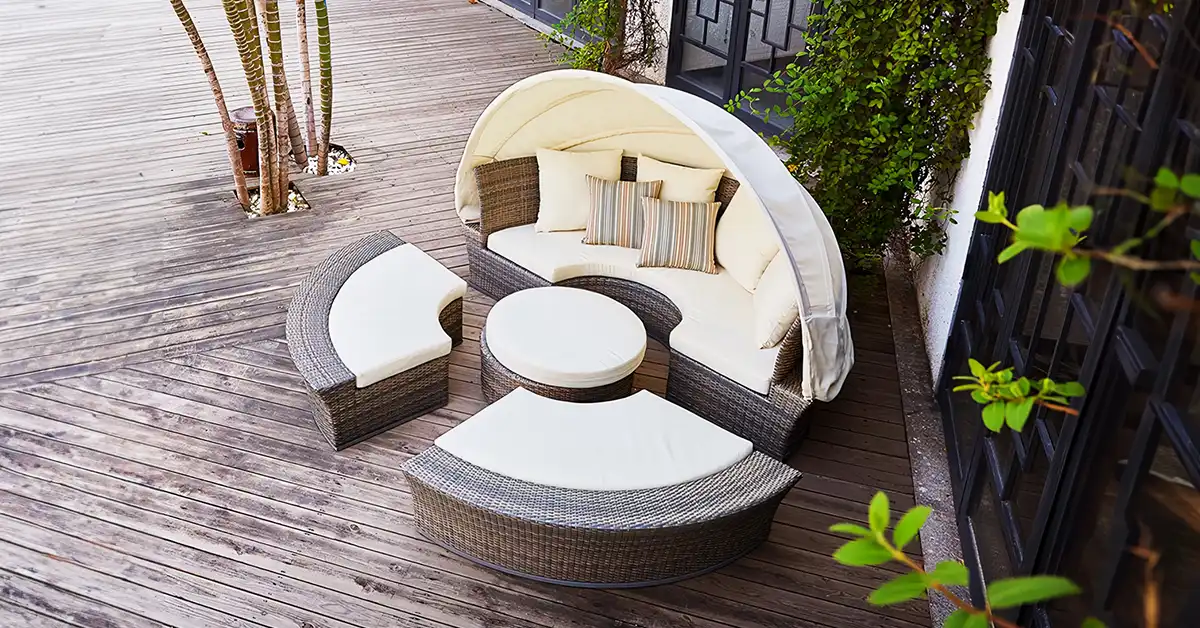
4. Versatility and Design Options
Versatility and design flexibility are key factors to consider when evaluating outdoor furniture materials. The best materials should lend themselves to a wide range of styles, colors, and finishes, allowing you to create customized outdoor spaces that reflect your personal taste and preferences. Materials like resin wicker and polyethylene (PE) rattan offer a realistic appearance resembling natural wicker while providing greater durability and weather resistance. Additionally, aluminum and stainless steel can be easily molded and shaped to achieve modern, sleek designs that complement contemporary outdoor settings.
5. Sustainability and Environmental Impact
As environmental awareness continues to grow, many consumers are seeking outdoor furniture materials that are sustainable and eco-friendly. The best outdoor furniture materials should be sourced responsibly and manufactured using environmentally conscious practices that minimize waste and reduce carbon emissions. Look for certifications such as Forest Stewardship Council (FSC) for wood products or recycled content labels for synthetic materials to ensure that your furniture choices align with your environmental values.
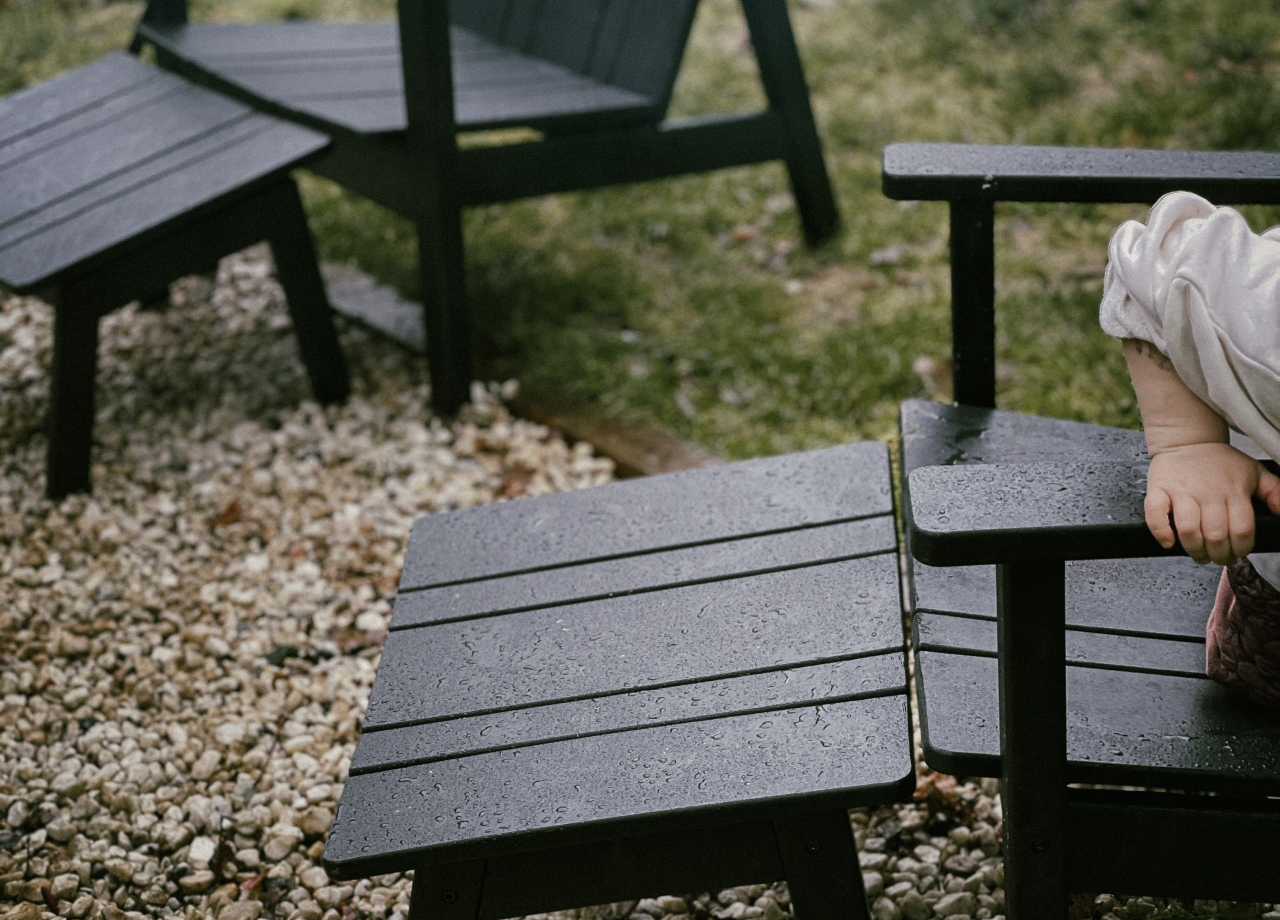
6. Affordability and Value
While quality outdoor furniture is an investment, the best materials strike a balance between performance and affordability, offering excellent value for money over the long term. Consider factors such as initial cost, maintenance expenses, and expected lifespan when evaluating the overall value proposition of different materials. While premium options like teak and aluminum may command higher upfront prices, their durability and longevity often justify the initial investment by minimizing replacement costs and maintenance efforts in the years to come.
7. Future Trends and Innovations
Looking ahead, the landscape of outdoor furniture materials is constantly evolving, driven by advancements in technology, design innovation, and shifting consumer preferences. Future trends may include the widespread adoption of sustainable materials such as recycled plastics, reclaimed wood, and eco-friendly composites, as consumers increasingly prioritize environmental stewardship in their purchasing decisions. Additionally, ongoing research and development efforts are likely to lead to the creation of new materials with enhanced performance characteristics, such as improved weather resistance, durability, and sustainability. By staying informed about emerging trends and innovations in outdoor furniture materials, consumers can continue to make informed choices that align with their values and preferences while enjoying the benefits of outdoor living to the fullest extent.

8. Importance of Quality Construction
Beyond the material itself, the construction quality of outdoor furniture plays a significant role in its longevity and performance. Even the best materials can be compromised if they are not assembled and constructed properly. When selecting outdoor furniture, pay attention to details such as welds, joints, and hardware to ensure they are sturdy and durable. High-quality construction techniques, such as mortise and tenon joinery or rust-resistant screws and bolts, can significantly enhance the durability and stability of outdoor furniture, making it capable of withstanding years of use in various weather conditions.
9. Customization and Personalization
As the demand for personalized outdoor spaces grows, many furniture manufacturers are offering customization options that allow consumers to tailor their furniture to their specific needs and preferences. Whether it’s choosing from a variety of fabric colors and patterns for cushions or selecting the perfect finish for metal frames, customization enables individuals to create outdoor furniture that reflects their unique style and personality. By collaborating with designers and manufacturers to create bespoke pieces, consumers can elevate their outdoor living experience and transform their outdoor spaces into personalized retreats that cater to their individual tastes and lifestyle.
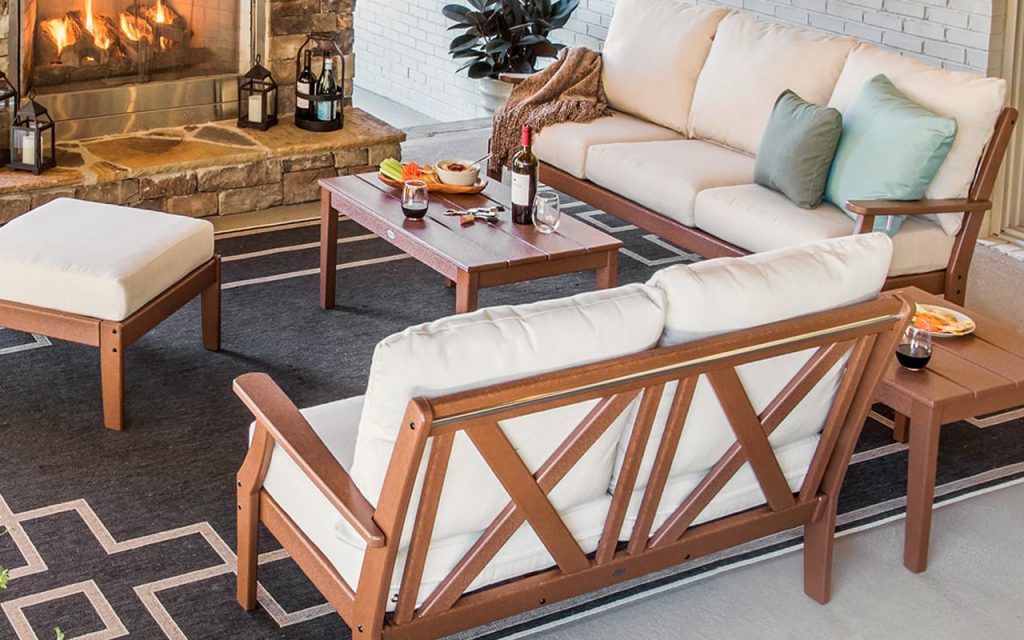
10. Embracing Multifunctionality
Another trend shaping the outdoor furniture market is the emphasis on multifunctional designs that maximize space utilization and versatility. With outdoor living areas becoming increasingly integrated into everyday life, furniture that serves multiple purposes can help optimize functionality and efficiency. Examples of multifunctional outdoor furniture include dining tables with built-in storage compartments, modular seating arrangements that can be rearranged to accommodate different activities, and convertible pieces that transform from benches to tables or loungers to daybeds. Embracing multifunctionality allows homeowners to make the most of their outdoor spaces while minimizing clutter and maximizing convenience.
11. Conclusion: Making Informed Choices
In conclusion, selecting the best outdoor furniture material requires careful consideration of factors such as durability, weather resistance, maintenance requirements, comfort, versatility, sustainability, affordability, and design options. By prioritizing materials that excel in these areas, you can create outdoor spaces that are both functional and aesthetically pleasing, enhancing your enjoyment of outdoor living for years to come. Whether you prefer the timeless elegance of teak, the modern sophistication of aluminum, or the versatility of synthetic wicker, exploring the diverse range of outdoor furniture materials available allows you to make informed choices that suit your lifestyle, preferences, and budget.
